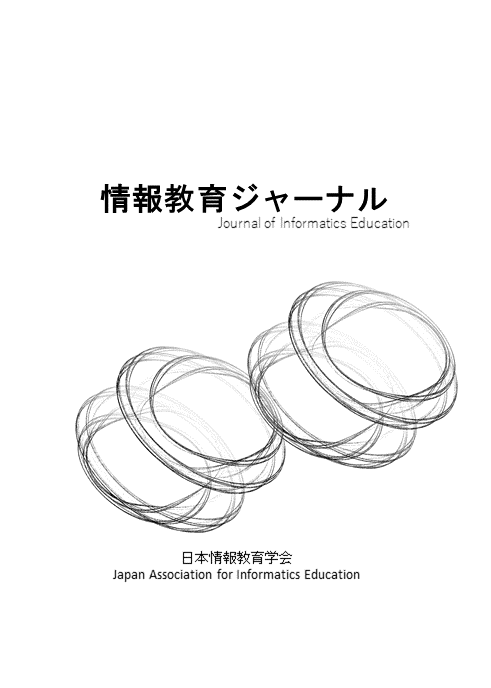Current issue
Displaying 1-9 of 9 articles from this issue
- |<
- <
- 1
- >
- >|
Contents
-
2024 Volume 5 Issue 1 Pages 1-
Published: 2024
Released on J-STAGE: October 03, 2024
Download PDF (182K)
Original Articles
-
2024 Volume 5 Issue 1 Pages 2-12
Published: 2024
Released on J-STAGE: October 03, 2024
Download PDF (529K)
Research Materials
-
2024 Volume 5 Issue 1 Pages 13-18
Published: 2024
Released on J-STAGE: October 03, 2024
Download PDF (660K) -
2024 Volume 5 Issue 1 Pages 19-27
Published: 2024
Released on J-STAGE: October 03, 2024
Download PDF (846K)
Report
-
2024 Volume 5 Issue 1 Pages 28-30
Published: 2024
Released on J-STAGE: October 03, 2024
Download PDF (404K) -
2024 Volume 5 Issue 1 Pages 31-35
Published: 2024
Released on J-STAGE: October 03, 2024
Download PDF (646K)
Book Review
-
2024 Volume 5 Issue 1 Pages 36-
Published: 2024
Released on J-STAGE: October 03, 2024
Download PDF (190K)
Colophon
-
2024 Volume 5 Issue 1 Pages 37-
Published: 2024
Released on J-STAGE: October 03, 2024
Download PDF (226K)
Table of Contents
-
2024 Volume 5 Issue 1 Pages 38-
Published: 2024
Released on J-STAGE: October 03, 2024
Download PDF (112K)
- |<
- <
- 1
- >
- >|
